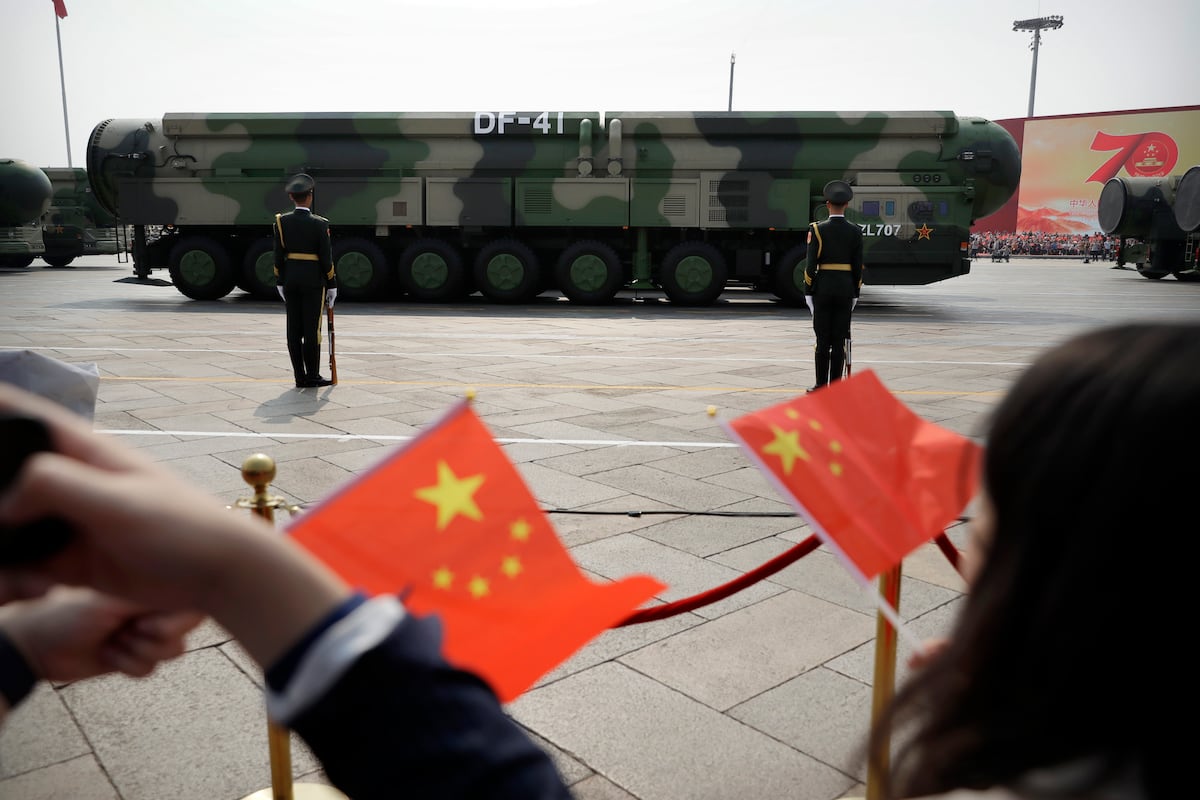Expansion of the Patriot Air and Missile Defense Force
The U.S. Army is poised to enhance its operational capacity by increasing its Patriot air and missile defense units from the current total of 15 to 18 battalions. This initiative comes in response to pressing global security challenges and the compelling performance of the Patriot system in recent conflicts, particularly in Ukraine. Additionally, a composite battalion focused on the defense of Guam is also set to be established.
Current Developments
In 2023, the Army first announced its intention to augment its capabilities with a 16th battalion. However, given the evolving geopolitical landscape, the decision has now been made to incorporate three additional battalions. General James Mingus, Vice Chief of Staff of the Army, confirmed this strategic move, indicating that the Patriot force could expand by “up to four” battalions.
Strengthening Guam’s Defense
A pivotal element of this expansion will be the establishment of an Integrated Air and Missile Defense battalion in Guam. This unit will integrate several advanced systems, including:
- Integrated Fire Protection Capability (IFPC): Designed to counter a variety of threats such as rockets, artillery, mortars, cruise missiles, and drones.
- Integrated Battle Command System (IBCS): A cutting-edge command and control framework that links multiple sensors and weapons platforms seamlessly.
- Lower-Tier Air and Missile Defense Sensor (LTAMDS): A new radar technology intended to replace the existing Patriot radar, providing comprehensive 360-degree protection against diverse missile threats.
The defense of Guam remains a critical concern for U.S. military planners, particularly in light of regional tensions. This battalion’s capabilities will not be included in the total count of the 18 Patriot battalions, reflecting its specialized mission.
Global Demand for Patriot Systems
The Patriot missile system, developed by Raytheon, has witnessed a surge in international interest. Its significance has been underscored by the ongoing military engagements in Ukraine, where the system has been instrumental in countering Russian aggression since the onset of hostilities in February 2022. The U.S. and allied nations continue to fulfill commitments to bolster Ukraine’s defense with additional Patriot systems, enhancing their air defense infrastructure.
Moreover, the effectiveness of the Patriot system was recently highlighted during a confrontation where it successfully defended Al Udeid Air Base in Qatar against threats from Iranian missiles.
Advanced Capabilities with LTAMDS and IBCS
One of the most noteworthy advancements within the Patriot program is the integration of the LTAMDS radar and IBCS into new systems being delivered to the Army. This enhancement significantly amplifies operational capabilities:
- Increased Range and Altitude: New systems will extend combat reach, enabling the deployment of forces in more tactically advantageous configurations.
- Enhanced Operational Flexibility: As General Mingus pointed out, employing IBCS and LTAMDS effectively allows the U.S. to operationalize its current battalions as if they were double the size, offering greater strategic flexibility on the battlefield.
This technological evolution means that operations can be conducted with dispersed units rather than concentrated batteries, allowing for a more nuanced tactical approach in complex environments.
Conclusion
The U.S. Army’s commitment to expanding its Patriot air and missile defense units underscores a strategic pivot to address emerging threats and enhance deterrence capabilities. The integration of advanced systems such as the LTAMDS and IBCS represents a significant leap forward in military technology, ensuring that the Army remains at the forefront of air and missile defense capabilities. As global security dynamics continue to shift, these enhancements will be critical in maintaining the effectiveness and readiness of U.S. military forces.





